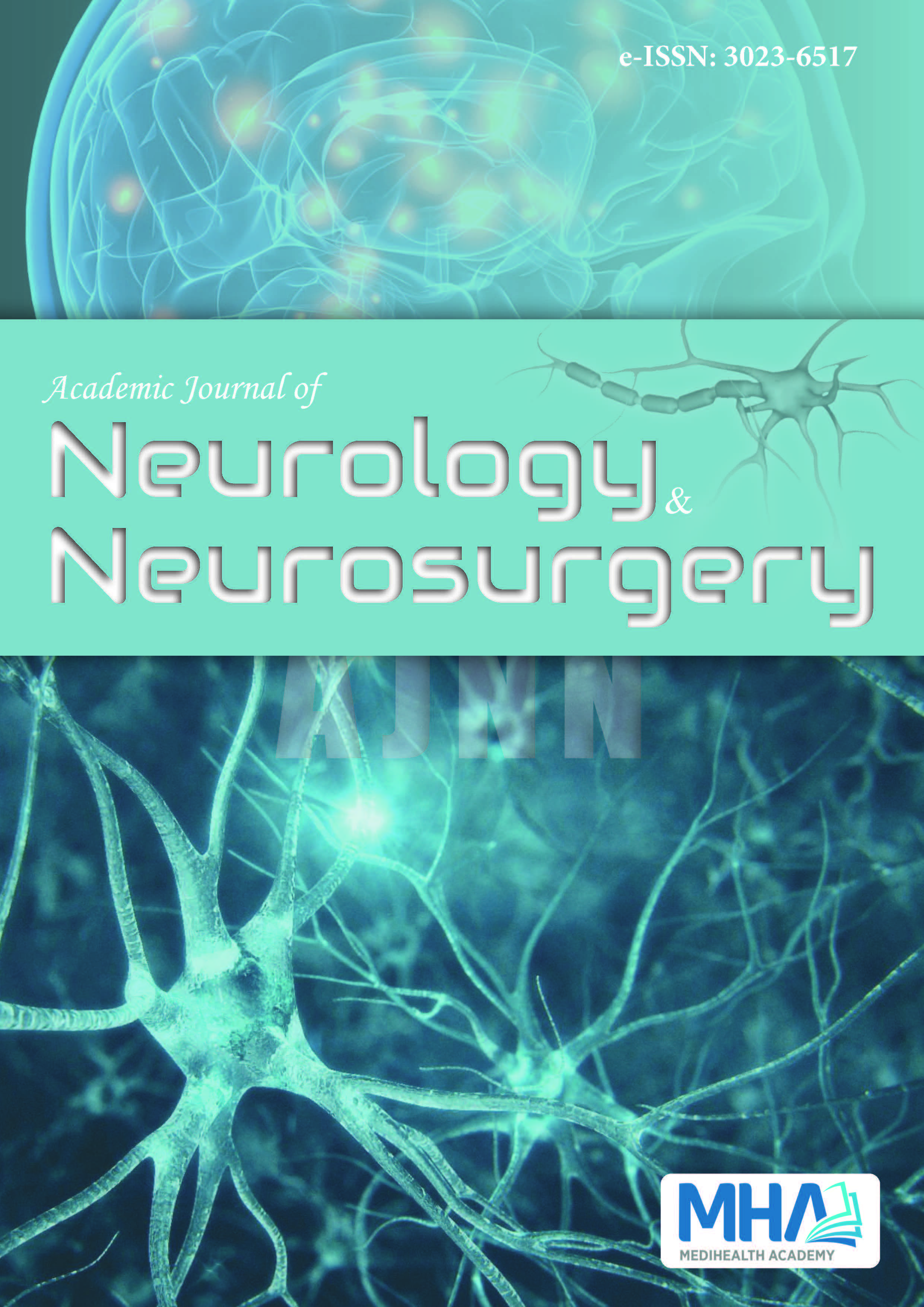1. Spierings EL, Braakman R. The management of os odontoideum.Analysis of 37 cases. J Bone Joint Surg Br. 1982;64(4):422-428.
2. Cho S, Shlobin NA, Dahdaleh NS. Os odontoideum: a comprehensivereview. J Craniovertebr Junction Spine. 2022;13(3):256-264.
3. Arvin B, Fournier-Gosselin MP, Fehlings MG. Os odontoideum:etiology and surgical management. Neurosurg. 2010;66(3):A22-A31.
4. Schuler TC, Kurz L, Thompson DE, Zemenick G, Hensinger RN,Herkowitz HN. Natural history of os odontoideum. J Pediatr Orthop.1991;11(2):222-225.
5. Jumah F, Alkhdour S, Mansour S, et al. Os odontoideum: acomprehensive clinical and surgical review. Cureus. 2017;9(8):e1551.
6. Goel A, Patil A, Shah A, Dandpat S, Rai S, Ranjan S. Os odontoideum:analysis of 190 surgically treated cases. World Neurosurg.2020;134:e512-e523.
7. Zhang Z, Zhou Y, Wang J, et al. Acute traumatic cervical cord injury inpatients with os odontoideum. J Clin Neurosci. 2010;17(10):1289-1293.
8. Dai L, Yuan W, Ni B, Jia L. Os odontoideum: etiology, diagnosis, andmanagement. Surg Neurol. 2000;53(2):106-109.
9. White D, Al-Mahfoudh R. The role of conservative management inincidental os odontoideum. World Neurosurg. 2016;88:695.e15-695.e17.
10. Kim IS, Hong JT, Jang WY, et al. Surgical treatment of os odontoideum.J Clin Neurosci. 2011;18(4):481-484.

